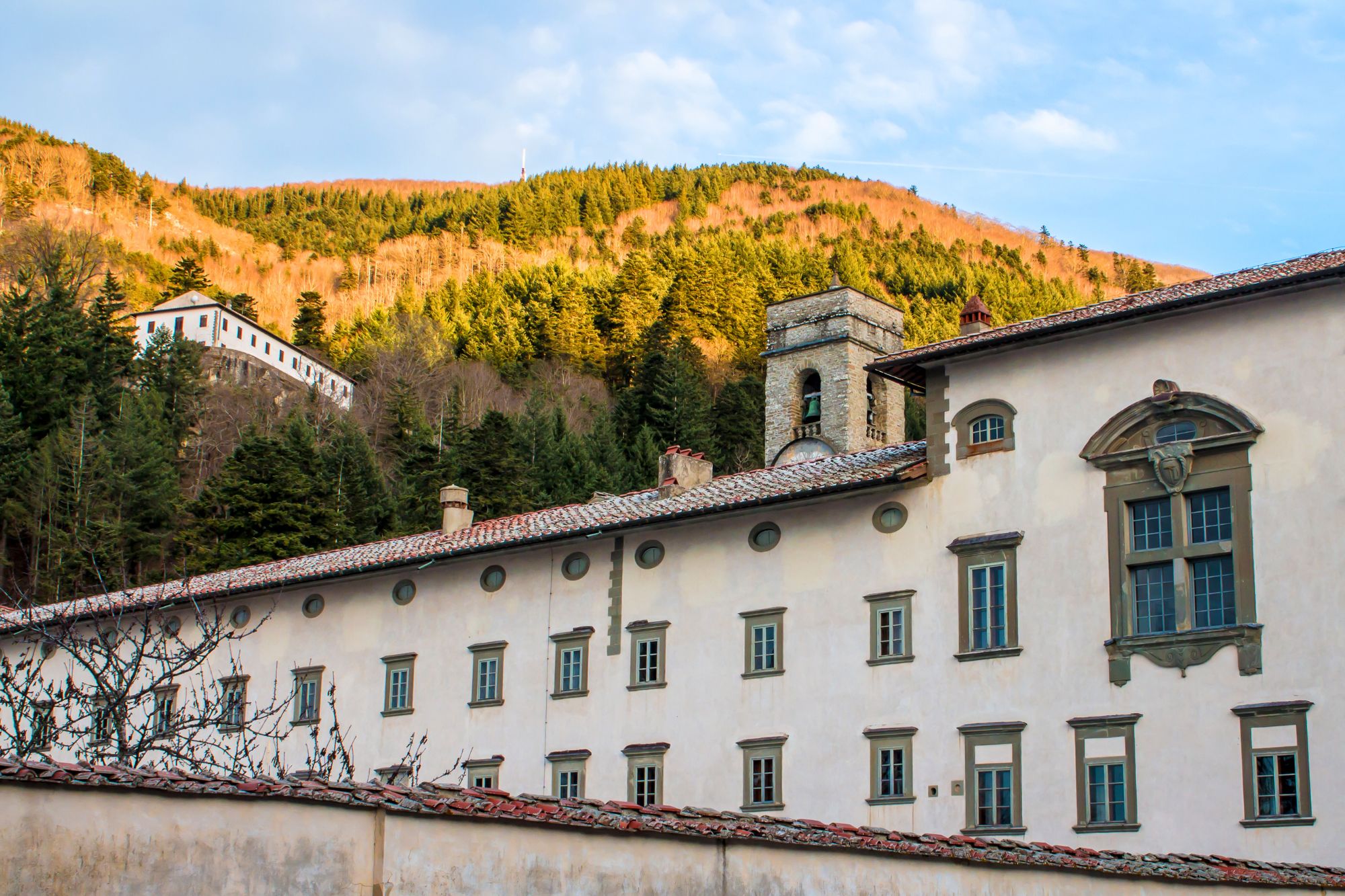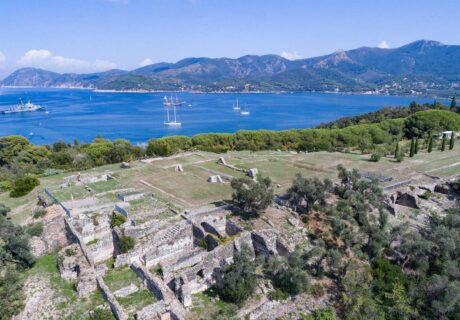What to see in Deruta, the Umbrian village famous for ceramics
4 min · 29 May 2023

Located a little more than 15 km from Perugia, Deruta is a charming village nestled in the Tiber valley that preserves a rich artistic and cultural heritage. It stands on a hill and is part of the prestigious club of ‘The Most Beautiful Villages in Italy‘. It is world-famous for its production of artistic ceramics, the result of a glorious tradition handed down from generation to generation for centuries. In addition to ceramics, which can be purchased in the countless craft workshops scattered around the village, the destination is also known for Castelleone’s extra-virgin olive oil, which in the past was also appreciated by Gabriele D’Annunzio.
What to see in Deruta? You enter the historical centre through the Porta di San Michele Arcangelo, on the sides of which you can see the remains of the ancient walls that protected the city. Beyond the gate, you can see the structures of some 16th-century kilns used for the production of ceramics. Continue along Via Biordo Michelotti, along which is the former Church of San Michele Arcangelo with its Roman-Gothic façade and a fine 19th-century polygonal fountain, to reach Piazza dei Consoli, overlooked by Deruta’s main public and religious buildings.
Here stands the 14th-century Palazzo dei Consoli, whose atrium houses archaeological finds and architectural fragments from the medieval and Renaissance periods. It is home to the Town Hall and the Municipal Art Gallery, which houses paintings from the local churches of San Francesco and Sant’Antonio Abate, the former hospital of San Giacomo and part of the rich collection of Lione Pascoli. Among the most interesting works of art are: the fresco by Pietro Vannucci known as Perugino, the two works by Niccolò di Liberatore known as the Pupil, and the 13th-century Franciscan missal on parchment.
Opposite the Palazzo dei Consoli stands the Church of San Francesco, Deruta’s most important religious building. Consecrated in 1388 and restored several times over time, it features a beautiful sandstone façade with an ogival portal and elegant rose window in white and pink stone. It preserves traces of frescoes from different eras that tell of its long and centuries-old history, including one by Domenico Alfani depicting The Madonna and Child between St Francis and St Bernardino of Siena.
The adjoining Convent of St. Francis, where Pope Urban IV died in 1264, houses the Regional Ceramics Museum, the oldest Italian museum dedicated to the manufacture and decoration of ceramics. Established in 1898, it systematically documents local production from the medieval period to the 20th century. It houses more than 6,000 works distributed in an itinerary that is divided into fourteen rooms and a large room used as a warehouse for ceramic materials (accessible to the public). An underground tunnel connects the museum to the archaeological area of the ancient kilns of San Salvatore.
In nearby Piazza Benincasa is the Church of Sant’Antonio Abate, of medieval origin. Restored in the last century, it preserves significant frescoes by Bartolomeo and Gian Battista Caporali painted between the 15th and 16th centuries. Other religious buildings include: the Church of the Madonna della Cerasa, also called the Church of Divine Love by the local population; and the Church of the Madonna delle Piagge, whose façade features a majolica panel by Amerigo Lunghi.
Just outside the village, in the hamlet of Casalina, the Sanctuary of the Madonna dei Bagni is worth a visit. According to ancient narratives, it was created following a miraculous event dating back to 1657, which originated from the discovery of an image of the Madonna on a fragment of ceramic. Over 700 votive tiles can be admired on the walls of the church, made by local ceramists on commission from the faithful over the last four centuries.








